
If you want to plan a garden or increase your self-sufficiency, composting is an inevitable topic. It’s a great way to live a more sustainable and natural lifestyle and is easy to start. In this blog post, I will lay out the basics of composting and have a special free printable list I want to share with you!
What is composting?
Composting is a natural process that can help reduce waste and create nutrient-rich soil for gardening. It is the process of decomposing organic material such as food scraps, leaves, grass clippings, and other yard or kitchen waste to create a nutrient-rich soil amendment. The composting process happens naturally in the environment, but you can also do it in your backyard with a (DIY) compost bin.

Why compost?
Composting has many benefits, including:
- Reducing waste: Composting diverts organic material from the landfill, reducing the amount of waste that goes into the landfill.
- Creating nutrient-rich soil: Compost adds nutrients to the soil, which can improve soil health and increase plant growth in your kitchen garden.
- Saving money: Composting can reduce the need for fertilizer and other soil amendments, saving you money in the long run.
- Increasing your self-sufficiency: When you are able to create your own compost, you are less dependent on commercially bought fertilizer.
Getting Started with Composting
- Buy or build your compost bin. There are many types of compost bins, including stationary bins, tumbling bins, and worm bins. You can easily build your compost bin using old pallet wood.
- Choose a location for your compost bin that is convenient to access but also out of sight. You can place it in a sunny spot or a shady spot depending on your climate.
- Add organic materials such as food scraps, leaves, grass clippings, and other yard waste to your compost bin. Be sure to add a mix of greens (high in nitrogen) and browns (high in carbon) to create a balanced compost pile. Keep a list in your kitchen cabinet with the do’s and don’ts of composting, see my list here!
- Make sure to turn your compost. Turning the compost aerates it, helping to speed up the decomposition process. Use a pitchfork or shovel to turn the compost every few weeks.
- Once your compost is ready, it will be dark, crumbly, and have an earthy smell. Use it as a soil amendment for your garden, potted plants, or lawn.
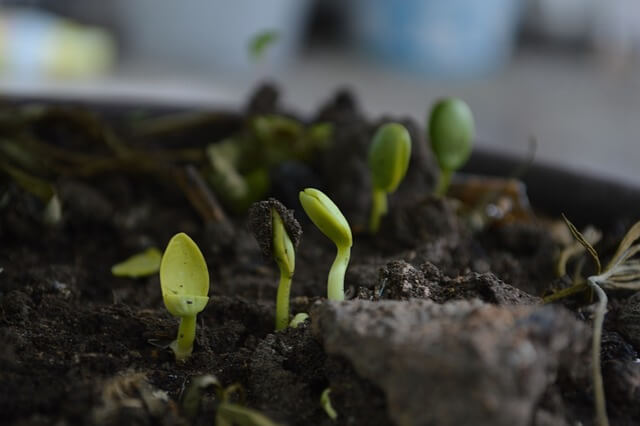
Our composting story so far
Tom and I bought a compost bin but unfortunately, I can not recommend this type of bin. As you can see in the image below the bin completely burst. The corners of the compost bin have small slides that are supposed to hold the whole bin together.
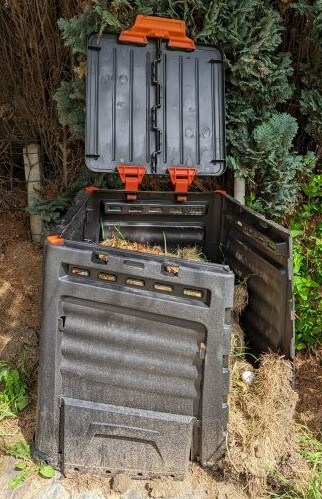
Somewhere in the upcoming weeks, Tom and I will be making our compost bin. We will share this one so keep an eye on the blog for a DIY!
Tips for successful composting
- Don’t add meat, dairy, or oily foods to your compost bin. These materials can attract pests and slow down the composting process.
- Keep your compost bin moist but not wet. If it’s too dry, the composting process will slow down.
- Cut up large pieces of organic material to help them decompose faster.
- Avoid adding weeds to your compost bin, as they can survive the composting process and end up in your garden.
- You can use a compost thermometer to monitor the temperature of your compost pile. The ideal temperature for composting is between 55 – 65 °C (130 – 150 °F).
Composting is a great way to live a more natural and sustainable lifestyle. With a little effort, you can reduce waste, improve soil health, and save money on soil amendments. Start composting today and enjoy the benefits of nutrient-rich soil for your garden.
You may also like this DIY!
This post contains one or more affiliate links, which means I will get a small commission when you buy a product via the provided link at no cost to you! See my full disclaimer here.
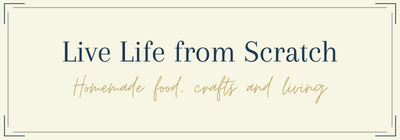
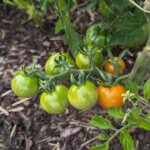
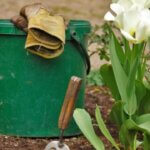

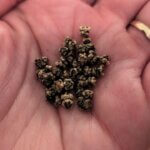
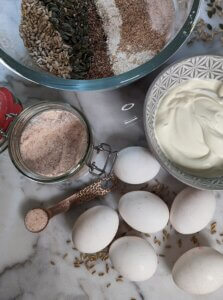


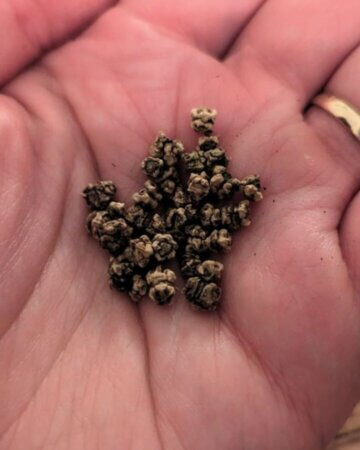
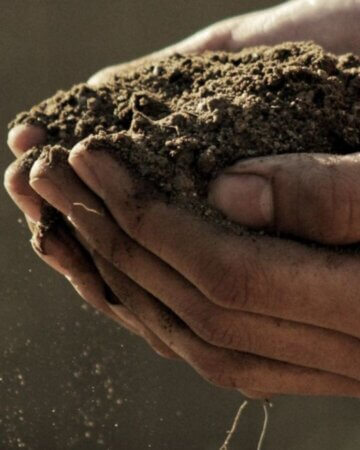
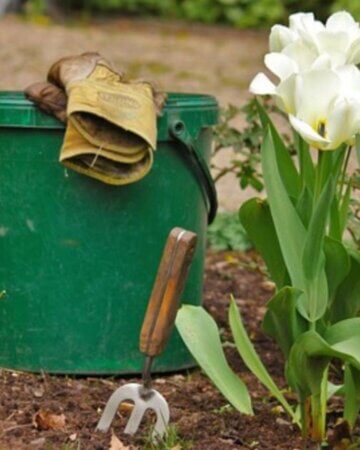
Leave a Reply